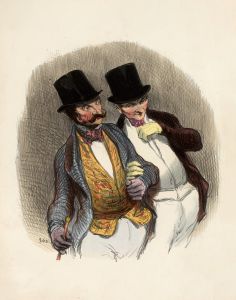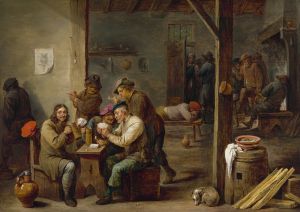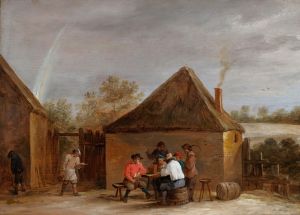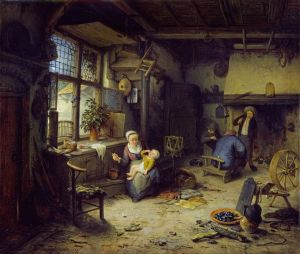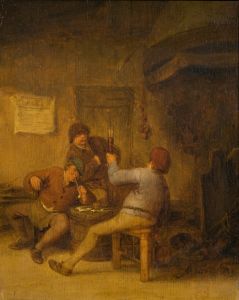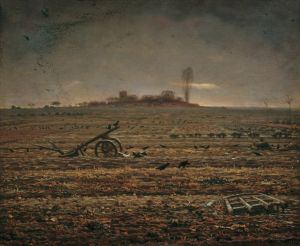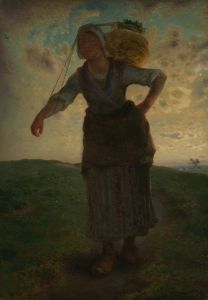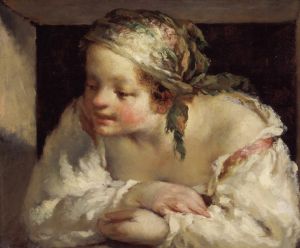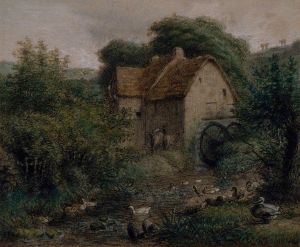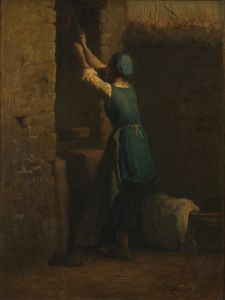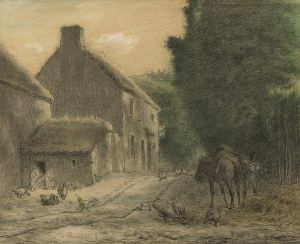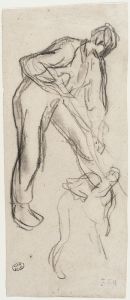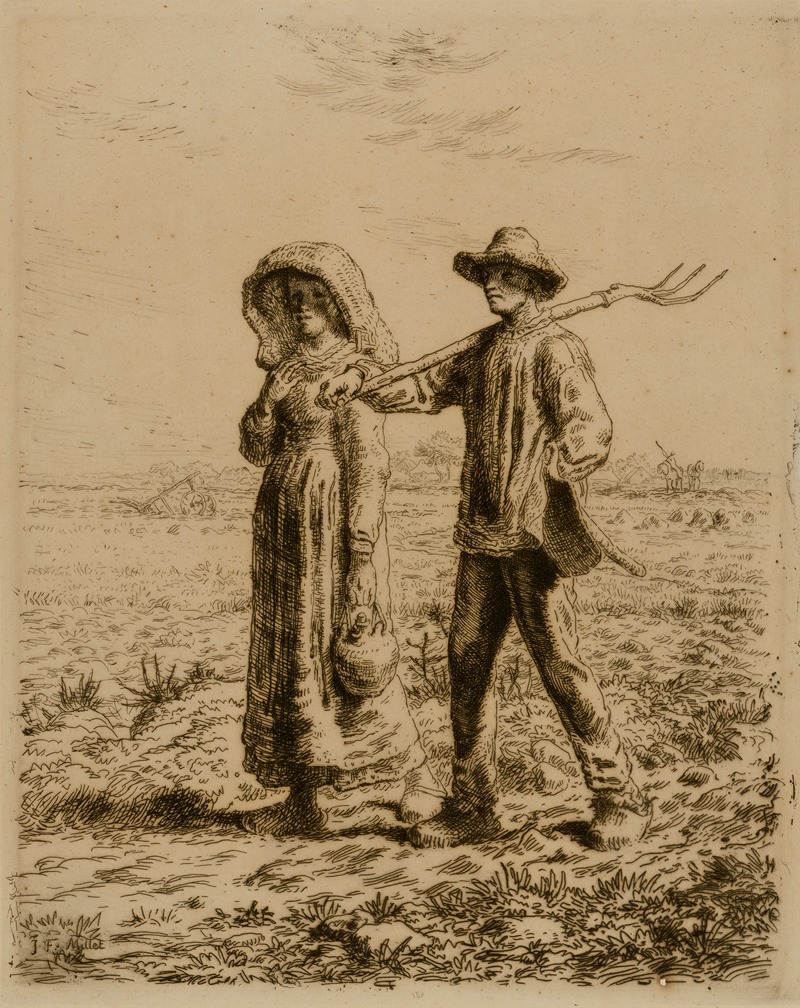
Peasants Going to Work
A hand-painted replica of Jean-François Millet’s masterpiece Peasants Going to Work, meticulously crafted by professional artists to capture the true essence of the original. Each piece is created with museum-quality canvas and rare mineral pigments, carefully painted by experienced artists with delicate brushstrokes and rich, layered colors to perfectly recreate the texture of the original artwork. Unlike machine-printed reproductions, this hand-painted version brings the painting to life, infused with the artist’s emotions and skill in every stroke. Whether for personal collection or home decoration, it instantly elevates the artistic atmosphere of any space.
Jean-François Millet's painting "Peasants Going to Work" is a notable example of the artist's dedication to depicting rural life and the dignity of labor. Millet, a prominent figure in the Realism movement, was known for his focus on the lives of peasants and the rural working class in 19th-century France. His works often highlighted the connection between humans and the land, portraying the everyday activities of farmers with a sense of reverence and solemnity.
"Peasants Going to Work" captures a moment in the daily routine of rural laborers. The painting typically features figures engaged in agricultural tasks, set against a backdrop that emphasizes the vastness and sometimes harshness of the rural landscape. Millet's use of earthy tones and his attention to detail in the figures' clothing and tools contribute to the authenticity and realism of the scene. The composition often reflects the artist's interest in the natural environment and the physicality of agricultural work.
Millet's work was deeply influenced by his own upbringing in the village of Gruchy, in Normandy, where he was born into a family of farmers. This personal connection to rural life informed his sympathetic portrayal of peasants, who were often marginalized in the art of his time. By focusing on the dignity and resilience of these workers, Millet challenged the prevailing artistic norms that favored more romanticized or idealized subjects.
The painting is part of a broader body of work by Millet that includes other famous pieces such as "The Gleaners" and "The Angelus." These works collectively underscore his commitment to representing the realities of rural existence and have been interpreted as both a celebration of peasant life and a commentary on the social and economic conditions of the period. Millet's art was sometimes met with criticism for its perceived political implications, as it highlighted the struggles and hardships faced by the rural poor.
"Peasants Going to Work" exemplifies Millet's skill in capturing the nuances of light and shadow, which he used to convey mood and atmosphere. His technique often involved a careful balance between detailed foregrounds and more impressionistic backgrounds, creating a sense of depth and space that draws the viewer into the scene. This approach not only enhances the realism of the work but also invites contemplation of the broader themes of labor, nature, and human endurance.
Millet's influence extended beyond his lifetime, impacting subsequent generations of artists, including the Impressionists, who admired his ability to convey emotion and narrative through everyday subjects. His focus on the working class and his innovative use of color and composition have secured his place as a pivotal figure in the history of art.
Overall, "Peasants Going to Work" is a testament to Jean-François Millet's enduring legacy as an artist who brought attention to the lives of ordinary people and the landscapes they inhabit. Through his work, Millet not only documented the realities of rural life but also elevated the status of peasant subjects in the art world, paving the way for future explorations of similar themes.





